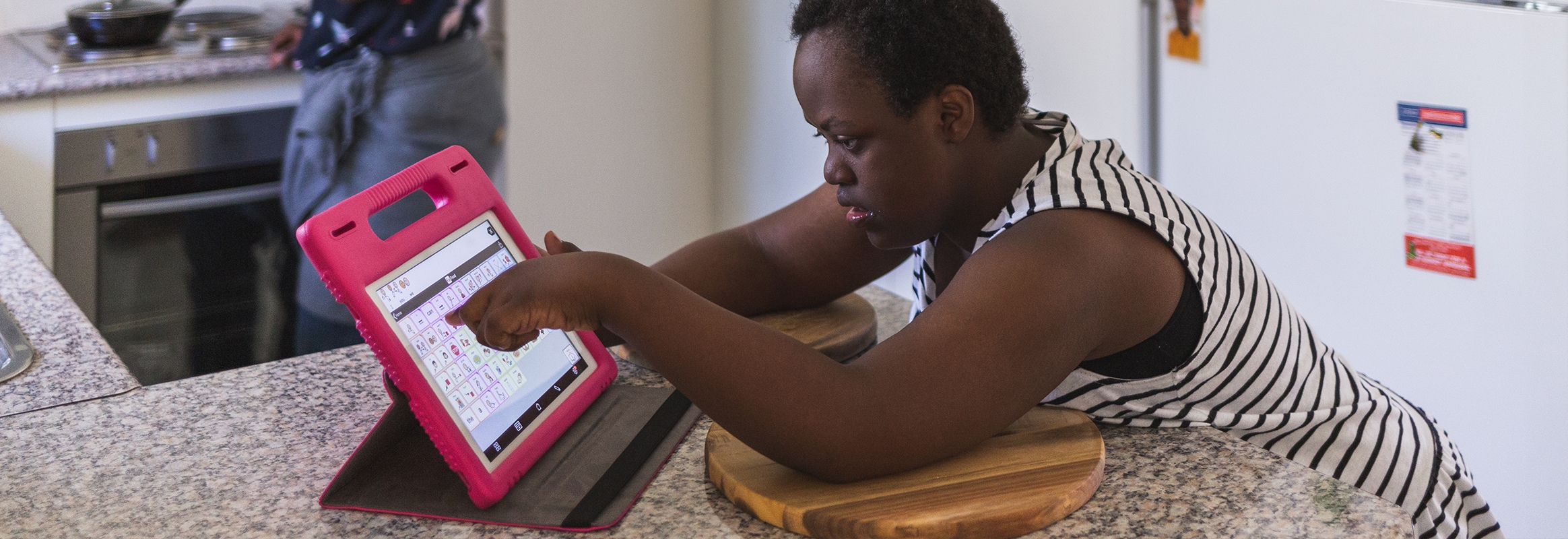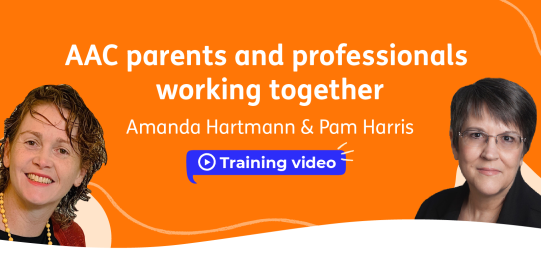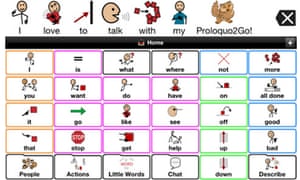Augmentative and Alternative Communication (AAC) I’ve been an advocate for the use of ProloQuo2go both within and outside of the classroom since the introduction to my site early 2017. This AAC is an integral part of my practice, giving students who are non-verbal a “voice” has been and always will be one of my highest priorities. WHAT IT IS Proloquo2Go is a customizable augmentative and alternative communication (AAC) app for iOS. Supporting users from beginner to advanced, the app allows users to customize their experience by utilizing the 25,000 built in buttons or by adding personal photos, and includes over 100 text-to-speech natural-sounding voices.
- Proloquo : Multilingual Augmentative And Alternative Teaching
- Proloquo : Multilingual Augmentative And Alternative Learning
Augmentative & Alternative Communication publishes international research into the assessment, treatment and rehabilitation of individuals using AAC systems.
Original Research
Multilingualism and augmentative and alternative communication in South Africa – Exploring the views of persons with complex communication needs
Submitted: 12 February 2018 | Published: 24 April 2019
About the author(s)
Kerstin M. Tönsing, Centre for Augmentative and Alternative Communication, University of Pretoria, Pretoria, South AfricaKarin van Niekerk, Centre for Augmentative and Alternative Communication, University of Pretoria, Pretoria, South Africa
Georg Schlünz, Human Language Technology Research Group, Meraka Institute, Council for Scientific and Industrial Research, Pretoria, South Africa
Ilana Wilken, Human Language Technology Research Group, Meraka Institute, Council for Scientific and Industrial Research, Pretoria, South Africa

Proloquo : Multilingual Augmentative And Alternative Teaching
Proloquo : Multilingual Augmentative And Alternative Learning
Full Text:
HTML | EPUB | XML | PDF (738KB)
Abstract
Background: Augmentative and alternative communication (AAC) can assist persons with complex communication needs to communicate competently with a variety of communication partners in a variety of contexts. However, AAC systems and intervention often do not take multilingual aspects into consideration.
Objective: This small-scale exploratory study had three aims, namely: (1) to describe the self-reported language skills of multilingual South African adults using AAC, (2) to describe the languages and communication modalities they used in interaction and (3) to obtain their views regarding access to various languages.

Methods: Twenty-seven adults using AAC were recruited via an empowerment programme, as well as an email list for persons interested in AAC, and provided responses to a questionnaire. To compensate for access and written language challenges, the questionnaire was administered with help and/or as a face-to-face interview where needed. Responses were analysed using mostly descriptive statistics.
Results: Participants generally could not express themselves in all the languages they understood and were regularly exposed to. Speech-generating devices specifically gave access almost exclusively to English. Participants expressed a desire to increase their expressive language repertoire, and mentioned both limitations of communication technology as well as their own literacy skills as barriers to overcome in this regard.
Conclusion: In order for multilingual South African adults using AAC to express themselves in multiple languages, appropriate AAC systems and interventions as well as literacy learning opportunities need to be developed and provided.
Keywords

Metrics
Total abstract views: 1456Total article views: 1445

1. Recovery Delay with Visual Feedback to Reduce Errors in Single-Switch Scanning Keyboards
D.T.G. Mariano, Y. Morére, P. Pino, A.A.R. de Sá, E.L.M. Naves
IRBM year: 2020
doi: 10.1016/j.irbm.2020.10.003
